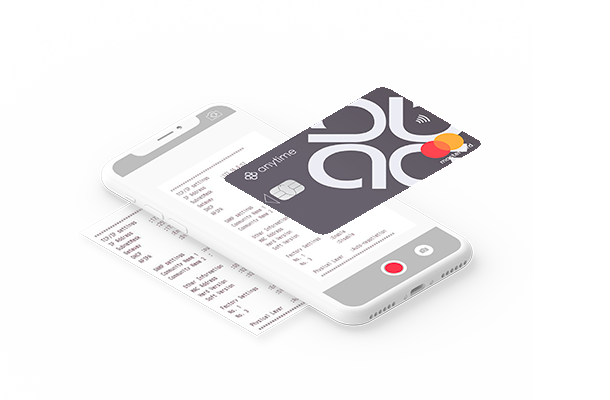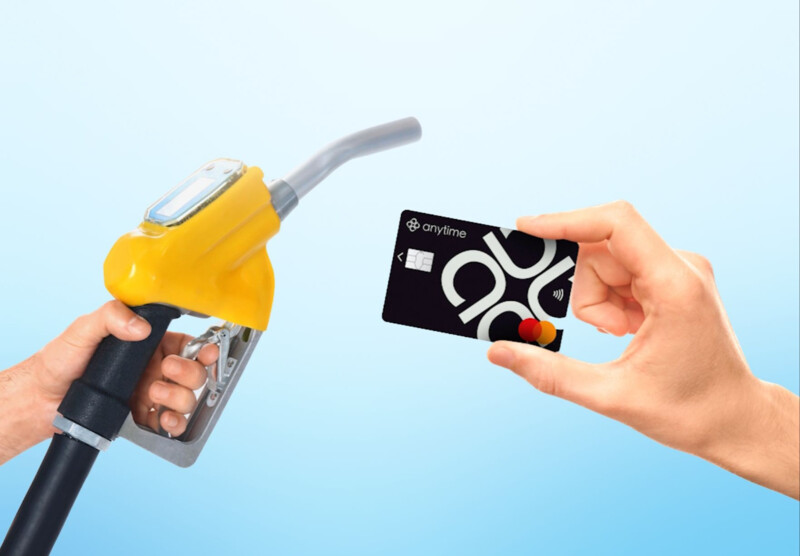Dans une entreprise, la gestion des notes de frais peut vite s’apparenter à un casse-tête. Chronophage et sans la moindre valeur ajoutée, le processus de traitement des dépenses représente un véritable manque à gagner. En effet, outre les 20 minutes passées par le salarié pour remplir les différents documents, on considère que l’intégralité du processus pour une note de frais représente un coût d’environ 53€. Pourtant, avec certaines astuces, vous pouvez contrôler les notes de frais très facilement.

Contrôler les dépenses
Contrôler les notes de frais passe dans un premier temps par le contrôle des dépenses. En effet, si vous ne cadrez pas suffisamment ce paramètre, vous risquez de voir passer un peu de tout, tant en terme de montant que de type de dépense.
1. Fixer des plafonds de montants
Quelle meilleure méthode pour éviter que les montants de dépenses explosent que de fixer des plafonds ? Pour chaque type de dépense, vous pouvez fixer en amont des maximums à ne pas dépasser en spécifiant qu’au-delà de ces seuils, le collaborateur ne sera pas remboursé. S’il est important de veiller à ce que les montants soient cohérents avec le type de dépense, vous pouvez néanmoins être sûr que cela limitera les abus.
2. Fournir un moyen de paiement adapté
Il est parfaitement possible de fournir à vos collaborateurs un moyen de paiement adapté et les avantages à procéder ainsi sont divers : + Le salarié peut règler ses dépenses directement depuis le compte de l’entreprise, ce qui lui éviter d’avancer les frais ; + Chacun gagne du temps car il n’y a pas de remboursement à réaliser ; + Selon le mode de paiement choisi, vous pouvez définir un montant maximum que le collaborateur ne pourra pas dépasser.
Lorsque l’on vous propose de mettre un moyen de paiement à disposition des salariés, on ne parle pas de laisser la caisse de la société à disposition, ni de multiples copies de la carte business du patron. En revanche, opter pour les cartes prépayées est une vraie bonne idée pour être efficace. Créditées à l’avance d’un certain montant, elles peuvent ensuite être utilisées pour règler tous les achats, au même titre qu’une carte de paiement classique. Avec l’offre Anytime pro, les cartes prépayées se gèrent à distance par un responsable, qui peut modifier le plafond de chaque carte voire en bloquer certaines si nécessaire. Il est également possible d’avoir recours à la carte prépayée virtuelle, qui sert uniquement à payer les achats en ligne avec une grande sécurité.
3. Définir clairement les limites
Dans votre politique de gestion des notes de frais, vous pouvez également définir les frais qui sont pris en charge et le cadre précis dans lequel cela s’applique. Par exemple, on accepte un hôtel 4* uniquement dans le cas où il n’y a pas de possibilité de logement moins onéreux.
En effet, si certains frais doivent légalement être pris en charge par l’entreprise, il ne tient qu’à vous d’imposer les limites afin d’éviter les abus.
4. Traquer les fausses notes de frais
Se faire rembourser des frais plus importants que les dépenses réellement engagées, se faire rembourser en double… Les astuces pour grapiller quelques sous sont variées et, malheureusement, plus répandues que les entreprises aiment à le penser. En effet, une étude a démontré que la fraude aux fausses notes de frais concerne près de 15% des entreprises et qu'elle représente plus de 700€ en moyenne par employé et par an. Même si cela peut sembler exagéré, il peut être important de mettre en place un processus pour traquer les fausses notes de frais. Sinon, abolir la note de frais en adoptant un système à l’image de l’offre de compte sans banque pro d’Anytime, est aussi un moyen fiable de ne plus se faire avoir.
Contrôler les remboursements
Le deuxième aspect à prendre en compte pour optimiser la gestion des notes de frais dans votre entreprise est le processus de remboursement. Observer certaines règles peut être la clé pour gagner du temps, mais aussi pour éviter les tensions.
5. Instaurer une procédure stricte
Si vous tenez vraiment à conserver un fonctionnement par notes de frais, nous vous recommandons vivement d’instaurer une méthode de gestion strict. Une fois mis en place, communiquer le mode de fonctionnement à chacun en spécifiant que toute note de frais qui n’entre pas dans le processus ne sera pas traitée.
Si quelques collaborateurs réfractaires risquent d’essayer de passer au travers des mailles du filet au départ, cela ne durera pas si le service financier prend soin de retourner à l’envoyeur les notes de frais non valides.
Pour éviter de générer des tensions, veiller à simplifier le processus au maximum, et faites passer le message que le suivi de cette méthode permet à chacun de gagner du temps, et donc d’être remboursé plus rapidement.
6. Mettre en place une limite de temps
Outre la méthode de transmission, n’hésitez pas à instaurer également une limite de temps pour demander un remboursement. Les documents seront alors transmis en temps et en heure, ce qui évitera au service financier de perdre du temps à courir après des justificatifs. De même, le comptable ne perdra pas de temps à saisir des écritures plusieurs mois plus tard.
7.Centraliser les justificatifs
Récupérer les justificatifs valides est sans nul doute la partie la plus chronophage du processus de traitement des notes de frais. Pour gagner du temps et y voir plus clair, choisissez un seul mode de transmission des justificatifs et factures. Vous pouvez créer par exemple une adresse mail dédiée utilisée par les fournisseurs et par les employés. Ainsi, le service financier et le comptable disposeront, au même endroit, de tous les justificatifs nécessaires.
8. Centraliser les abonnements
Qu’il s’agisse de services en ligne tels que l’achat de mots clés ou la souscription d’encarts publicitaires ou bien de logiciels en Saas, par exemple, les abonnements peuvent être nombreux dans une entreprise. Si les abonnements sont pratiques pour qui les utilise, ils peuvent aussi représenter un vrai casse-tête lorsqu’il s’agit de gérer les factures et paiements.
L’utilisation d’une solution nouvelle génération comme l’offre pro Anytime, composée d’un compte sans banque, de cartes prépayées matérielles et virtuelles et d’une application en ligne rend la gestion plus facile. En effet, une carte virtuelle à usage récurrent peut être générée pour gérer le paiement d’un abonnement, tandis que les factures peuvent être récupérées automatiquement. Une solution bien plus pratique que de se rendre chaque mois dans les espaces personnels de chaque prestataire pour télécharger les factures.








